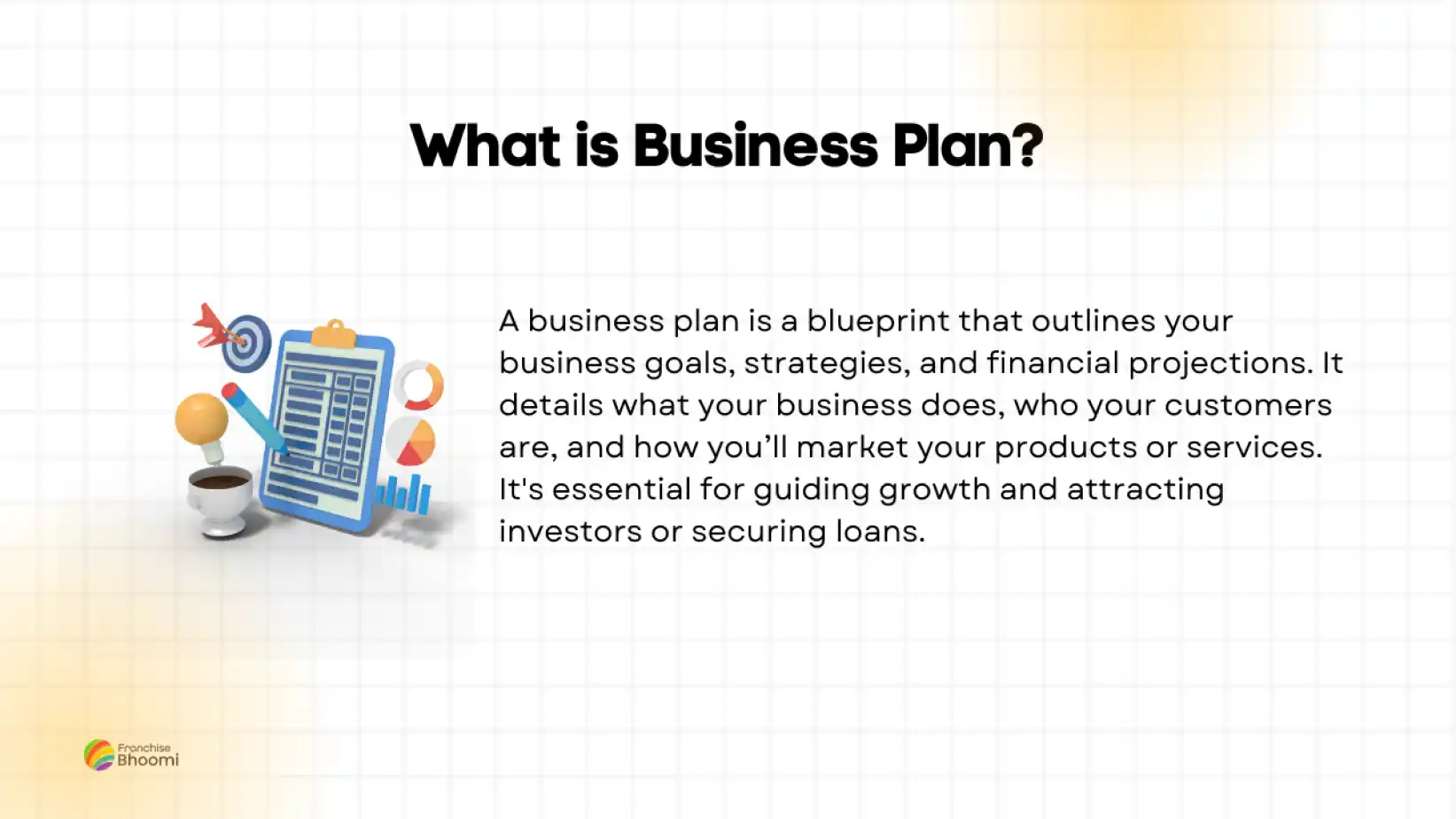So, you’re thinking about starting a business? That’s fantastic! But before you jump in, there’s one crucial step you can’t skip writing a business plan. I know, it sounds a bit intimidating, but trust me, it’s not as hard as it seems. A business plan is like a roadmap for your business. It guides you through each stage of starting and managing your business, helping you stay on track and achieve your goals. And guess what? I’m going to help you write one, step by step, with a business plan free template included.
Ready? Let’s dive in!
What is a Business Plan?
Simply put, a business plan is a document that outlines your business’s goals and the strategies you’ll use to achieve them. It covers everything from what your business does, who your customers are, how you plan to market your products or services, and how much money you expect to make. Think of it as a blueprint that helps you build and grow your business successfully. It’s also a key tool if you need to attract investors or secure a loan.
Why Do You Need a Business Plan?
First things first, why even bother with a business plan? Well, think of it as the foundation of your business. Whether you’re starting a new venture or looking to expand an existing one, a business plan helps you:
- Clarify Your Vision: It forces you to think through every aspect of your business, from your target audience to your marketing strategy.
- Attract Investors: If you need funding, a well-thought-out business plan is crucial to convincing investors that your business is worth their money.
- Manage Growth: As your business grows, your plan can help you stay focused and adapt to changing circumstances.
What Should Be in a Business Plan?
A business plan isn’t just a document with a lot of words, it’s a detailed guide that covers every aspect of your business.
Here’s what it should include:
Executive Summary
A brief overview of your business, including your mission statement, the products or services you offer, and basic information about your team, location, and financial projections.
Company Description
Dive deeper into what your business does. Talk about the problems you’re solving, who your customers are, and what sets you apart from the competition.
Products or Services
Describe what you’re selling. What’s your product lifecycle? Are there any research and development plans?
Funding Request
If you’re seeking funding, detail your requirements. How much do you need now, and how much will you need in the future?
Appendix
Include any additional information that can support your plan, like resumes, permits, or product photos.
Market Analysis
Research your industry, market size, and competitors. This section shows that you understand the market you’re entering and where your business fits in.
Organization and Management
Explain your business structure and introduce the team. Who’s in charge, and what are their roles?
Marketing and Sales Strategy
Outline how you plan to attract and retain customers. What’s your pricing strategy? How will you reach your target audience?
Financial Projections
Provide financial forecasts, including income statements, cash flow statements, and balance sheets. This section shows that your business is viable.
How to Write a Business Plan for Your Startup
Writing a business plan for your startup might seem overwhelming, but breaking it down into manageable steps can make it easier. Here’s how you can do it:
1. Start with the Executive Summary
- This is the first part of your business plan, but it’s often easier to write it last. It’s a snapshot of your entire plan, summarizing your business idea, goals, and how you intend to achieve them.
2. Define Your Business
- Clearly explain what your startup does, the problem it solves, and what makes it unique. Include your mission and vision statements, and describe the products or services you’ll offer.
3. Conduct Market Research
- Understand your industry, target market, and competitors. This will help you position your business effectively and highlight opportunities you can capitalize on.
4. Outline Your Business Structure
- Detail how your business will be organized. Who will be on your team? What roles will they play? If you have key partners, mention them here.
5. Develop Your Marketing and Sales Strategy
- How will you attract customers and grow your business? Define your marketing channels, pricing strategy, and sales tactics.
6. Plan Your Financials
- Include financial projections like income statements, cash flow forecasts, and balance sheets. If you’re seeking funding, specify how much you need and how you’ll use it.
7. Review and Revise
- Your business plan isn’t a one-time document. Review it regularly and update it as your startup grows and evolves.
Free Business Plan Templates
Now that you know what goes into a business plan, here are some free templates you can use to get started. Just click, download, and customize them according to your needs.
Basic Business Plan Template: A straightforward, easy-to-fill template suitable for most businesses.
Startup Business Plan Template: Tailored for new businesses, focusing on the essentials to get you up and running.
Lean Business Plan Template: A one-page template for those who prefer a simplified version without losing the key details.
Also read this: Franchise Agreement in India – Franchise Laws and Regulations in India
My Suggestions for Writing a Business Plan
- Start Simple: Don’t overwhelm yourself with details from the start. Begin with a simple plan and build on it as you gather more information.
- Be Realistic: It’s tempting to be overly optimistic with your projections, but try to stay grounded. Investors appreciate realism.
- Get Feedback: Don’t write your plan in isolation. Share it with mentors, colleagues, or friends and get their input.
- Review and Revise: Your business plan isn’t set in stone. Review it regularly and make updates as your business evolves.
Conclusion
Writing a business plan might seem daunting at first, but it’s a step that can make or break your business. With a clear, well-thought-out plan, you’ll not only have a better chance of securing funding but also a clearer vision of where your business is headed. Use the free templates I’ve shared, follow the tips, and you’ll be well on your way to crafting a solid business plan. Remember, it’s not about perfection it’s about progress. Happy planning!
PS: Please help me to improve my content to rate by emoji below 👇




Pingback: Raj Shamani Net Worth, Age, Company - Figuring Out Journey
Pingback: Types of Companies in India
A very good contribution to take into account in our marketing projects. In my opinion, web positioning continues to be one of the driving forces for this year, but it should focus on offering what users are really looking for.